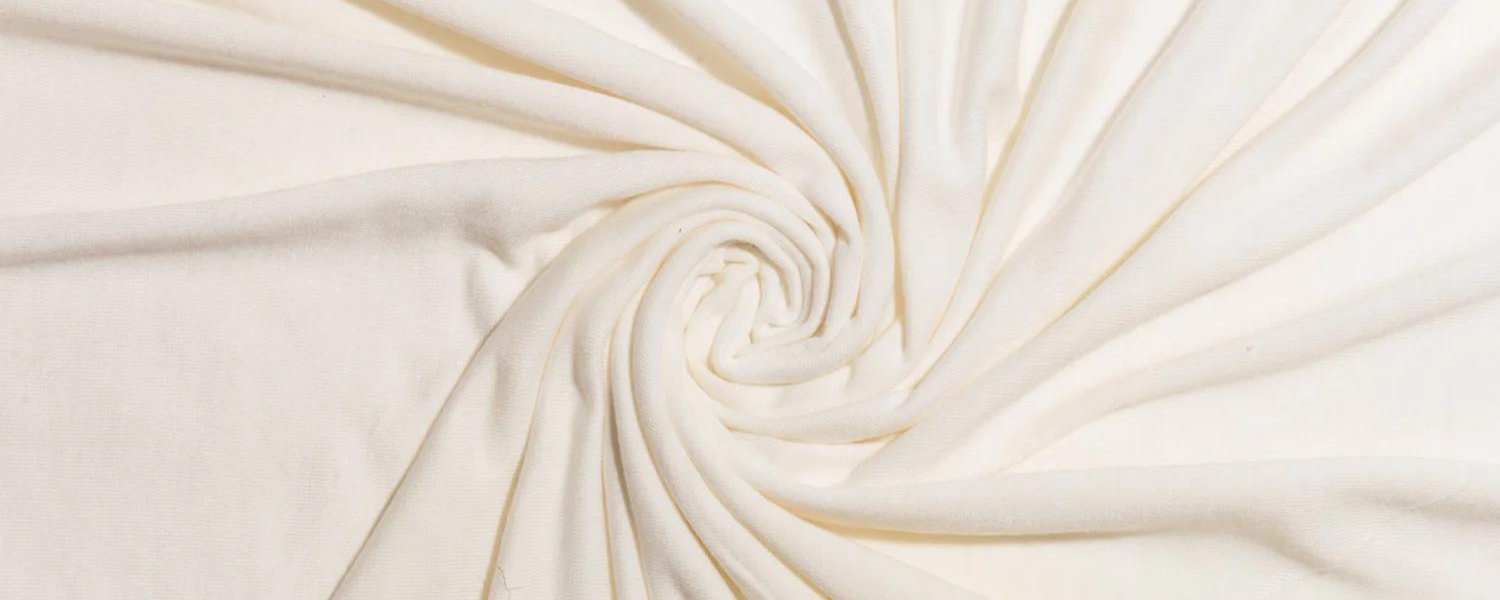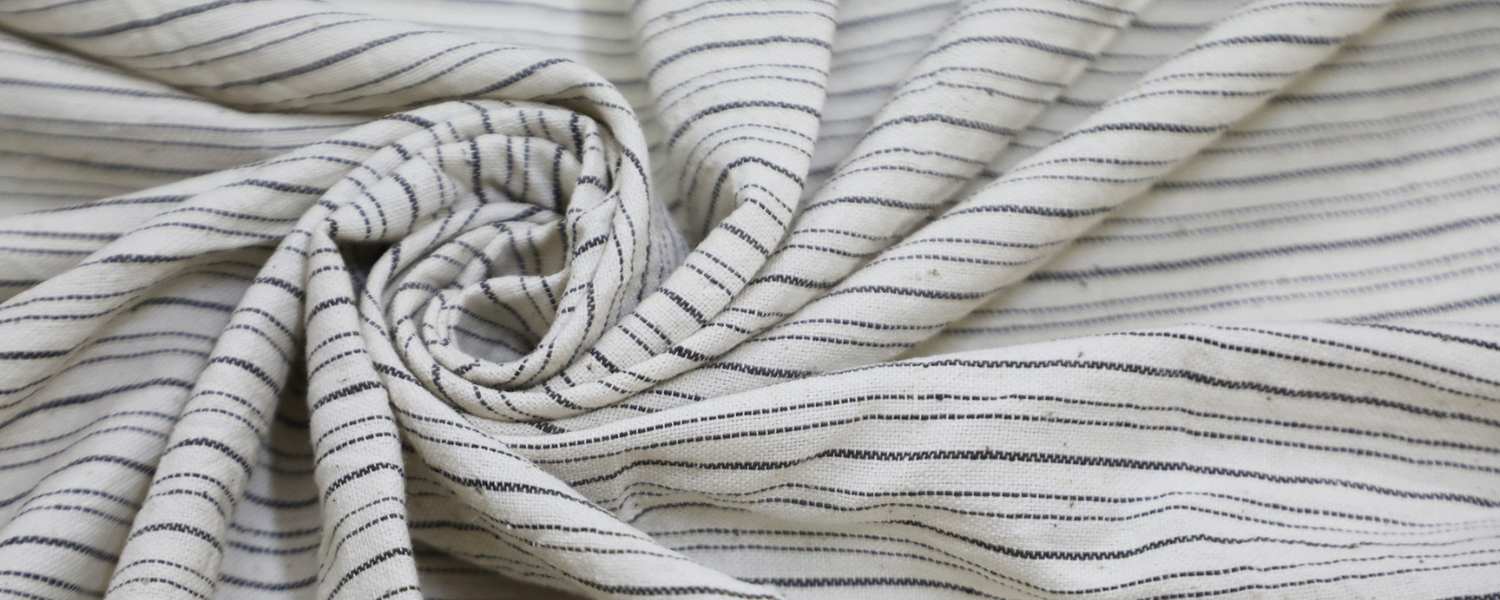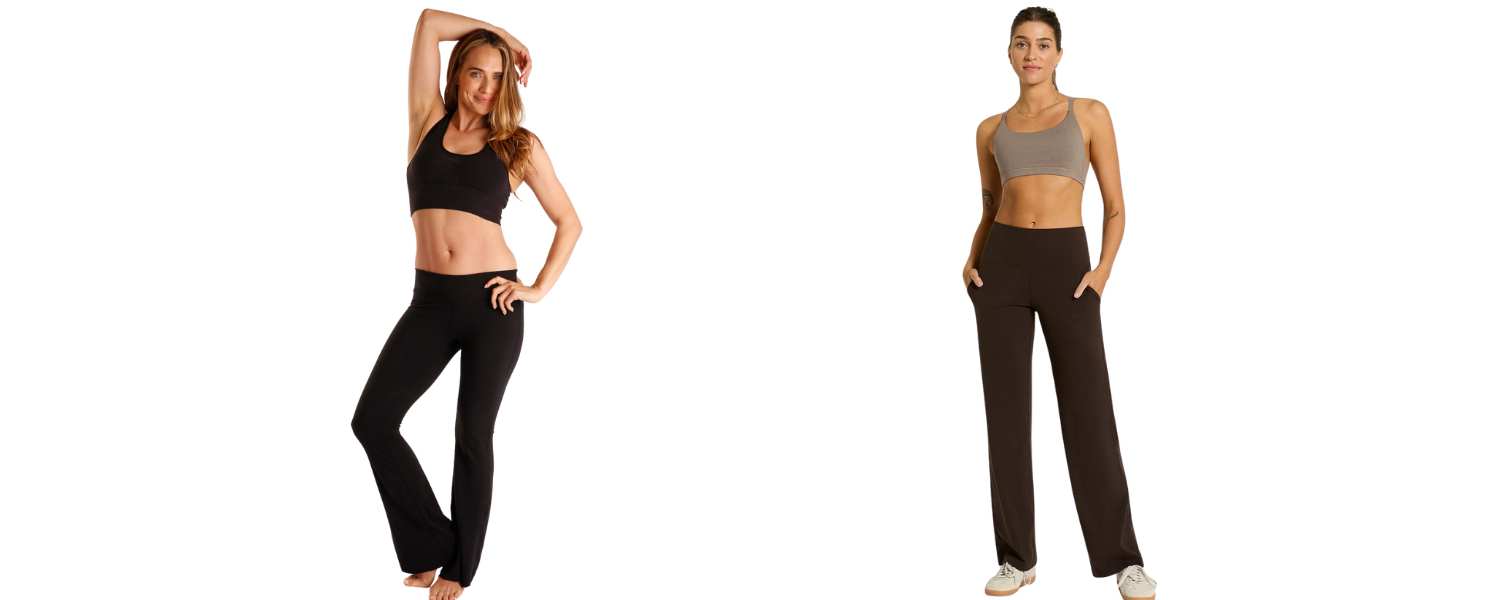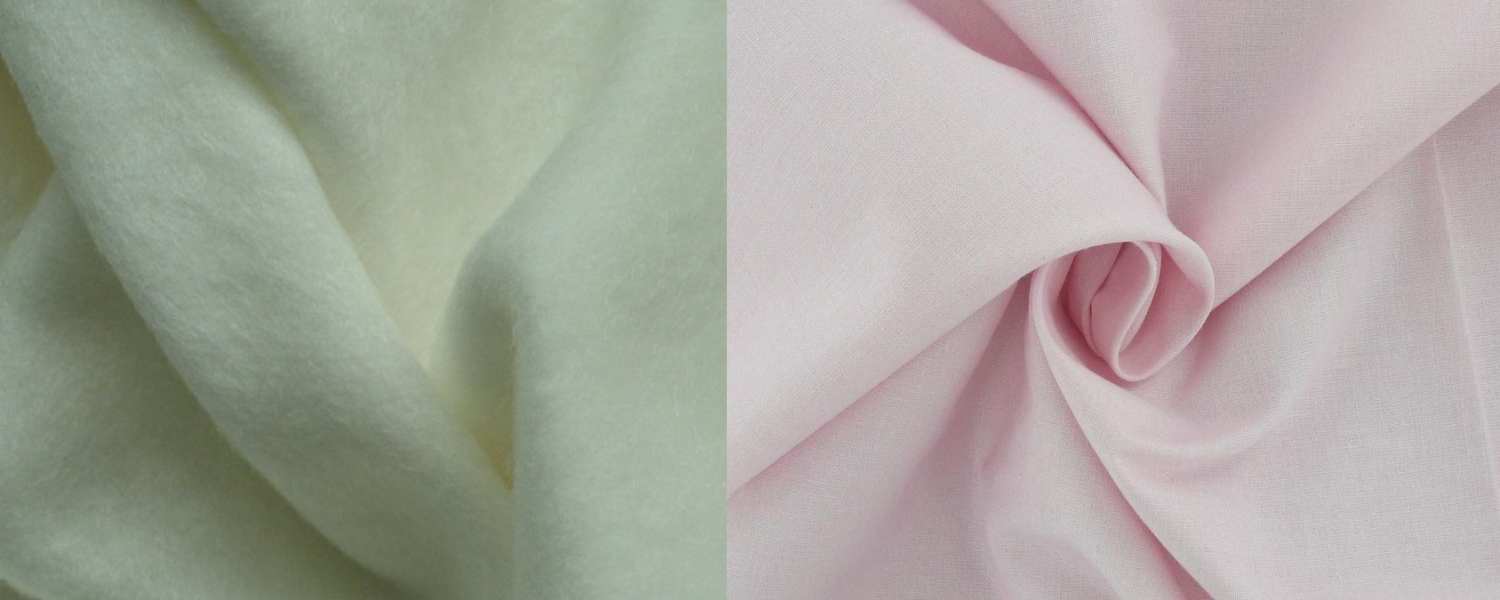In the world of textiles, two materials often stand out bamboo fabric vs cotton. Both have their unique properties and benefits, making them popular choices for clothing, bedding, and various other products.
Understanding the differences betweenbamboo fabric vs cotton can help you make informed decisions about your purchases, considering sustainability, breathability, and comfort.
Bamboo Fabric – All You Need to Know
Bamboo fabric is a fascinating textile that has become more popular in recent times due to its unique properties and sustainable production methods.
Derived from the bamboo plant, this fabric offers various benefits for both consumers and the environment.
How It’s Made
The process of creating bamboo fabric involves several steps, each contributing to its eco-friendly nature and soft texture. First, bamboo plants are harvested, usually from sustainable bamboo forests,
where they grow abundantly without pesticides or excessive irrigation, thus contributing tobamboo fabric vs cotton sustainability.
Once harvested, the bamboo is processed into a pulp using mechanical or chemical methods. The pulp undergoes extrusion to create fibers, which are subsequently spun into yarn and woven into fabric.
Unlike traditional cotton farming, which requires significant water and chemical inputs, bamboo fabric production is relatively low-impact, making it a more environmentally friendly option for conscientious consumers looking for bamboo wholesale clothing.
Bamboo Fabric Benefits
1. Sustainability
An important advantage of bamboo fabric is its sustainability. Bamboo is a swiftly renewable resource that grows rapidly and naturally replenishes itself without requiring replanting.
Unlike cotton, which often requires extensive irrigation, pesticides, and land use, bamboo can thrive in diverse environments with minimal environmental impact.
This makes bamboo fabric a preferable option for environmentally conscious consumers, contributing positively to bamboo fabric vs cotton sustainability.
2. Softness
Bamboo fabric is renowned for its luxurious softness, often compared to silk or cashmere. The fibers are naturally smooth and round, resulting in a silky texture that feels gentle and comforting against the skin.
This softness makes bamboo fabric particularly suitable for sensitive skin, including bamboo fabric vs cotton for baby products.
3. Moisture-Wicking
Another critical benefit of bamboo fabric is its excellent moisture-wicking properties. The fibers' unique structure allows them to absorb and evaporate moisture quickly, keeping the skin dry and comfortable.
This makes bamboo fabric an ideal choice for activewear, sportswear, and towels, where moisture management is essential, as well as for bamboo fabric vs cotton socks.
4. Breathability
Bamboo fabric offers excellent breathability, enabling air to flow freely through the material. This feature helps maintain body temperature and prevents overheating, making bamboo clothing particularly suitable for hot and humid climates.
The breathability of the bamboo fabric enhances comfort during physical activities, such as yoga, where ventilation is crucial, including yoga bamboo sessions or yoga backbends.
5. Antibacterial
Bamboo fabric possesses natural antibacterial properties thanks to an antimicrobial agent called "bamboo kun."
This helps to inhibit the growth of odor-causing bacteria on the fabric's surface, keeping clothing fresh and odor-free even after extended wear.
As a result, bamboo fabric is particularly suitable for bamboo fabric vs cotton shirts and other garments where odor control is essential.
6. Hypoallergenic
Due to its silky texture and lack of chemical additives, bamboo fabric is hypoallergenic, helps lower the risk of skin irritation or allergic reactions.
This makes it an excellent choice for individuals with sensitive skin or allergies, providing comfort and peace of mind.
Cotton Fabric – All You Need to Know
Cotton fabric is one of the most widely used and beloved textiles worldwide, valued for its softness, breathability, and versatility. Understanding its production process, benefits, and downsides can help consumers make informed choices when selecting clothing, bedding, and other textile products.
How It’s Made
Cotton fabric is derived from the fluffy fibers of the cotton plant, scientifically known as Gossypium. The cotton fibers grow in bolls, which develop on the plant's branches after pollination.
Once the cotton bolls mature, they are harvested, and the seeds are removed through ginning.
After ginning, the cotton fibers are processed and cleaned to remove impurities such as dirt, seeds, and debris. The purified fibers are spun into yarn, which is then crafted into fabric through a variety of weaving or knitting methods.
Traditional weaving methods, such as plain or twill weave, create different textures and patterns in the fabric, offering versatility in the final product.
Cotton Fabric Benefits
1. Softness
Cotton fabric is cherished for its soft and gentle feel against the skin. The fibers have a natural smoothness and fluffiness that contribute to the fabric's comfort, making it ideal for everyday clothing, bedding, and towels.
2. Breathability
Cotton fabric is highly breathable, allowing air to circulate freely through the fabric. This feature assists in regulating body temperature and preventing overheating, rendering cotton clothing particularly comfortable in warm climates or during physical activities.
3. Versatility
Cotton fabric boasts remarkable versatility, making it an ideal choice for various products including T-shirts, jeans, dresses, bed linens, and towels. Its adaptability makes it a popular choice for both casual and formal wear and various household textiles.
4. Absorbency
Cotton fabric has excellent absorbent properties, making it ideal for products that come into contact with moisture, such as bath towels and washcloths.
The fibers can absorb up to 27 times their weight in water, ensuring efficient moisture removal and quick drying times.
Cotton Fabric Downsides
1. Environmental Impact
One of the main downsides of cotton fabric is its environmental impact. Conventional cotton farming often involves using pesticides, herbicides, and synthetic fertilizers, which can harm soil health, water quality, and biodiversity.
Additionally, cotton cultivation requires significant water resources, leading to water scarcity issues in some regions.
2. Wrinkling
Cotton fabric is prone to wrinkling, especially when washed or dried at high temperatures. While some people appreciate wrinkled cotton garments' casual, lived-in look, others may find it inconvenient and prefer more wrinkle-resistant fabrics.
3. Shrinkage
Cotton fabric tends to shrink when exposed to heat and moisture, particularly during washing and drying. Pre-shrinking techniques can help minimize shrinkage, but they remain a consideration for consumers when selecting cotton clothing and linens.
Which One is More Sustainable?
Several factors come into play when comparing the sustainability ofbamboo fabric vs. cotton fabric. Both materials have advantages and challenges in terms of environmental impact.
Bamboo Fabric Sustainability
1. Renewability
Bamboo is a highly renewable resource that grows rapidly and regenerates without replanting. It can also be harvested without damaging the plant or surrounding environment, making it a sustainable choice.
2. Resource Efficiency
Bamboo requires less water compared to cotton. It can thrive in diverse climates without irrigation, reducing the strain on water resources.
3. Pesticides and Chemicals
Bamboo is naturally pest-resistant, reducing the need for pesticides and herbicides in its cultivation. However, some chemical processes are involved in the production of bamboo fabric, which can impact its overall sustainability.
4. Soil Health
Bamboo plants can help improve soil health by preventing erosion and promoting biodiversity. They can also absorb atmospheric carbon dioxide, contributing to carbon sequestration.
Cotton Fabric Sustainability
1.Water Usage
Cotton is a water-intensive crop, requiring significant irrigation in many regions. This can lead to water scarcity issues and strain on local ecosystems.
2. Pesticides and Chemicals
Conventional cotton farming relies heavily on pesticides, herbicides, and synthetic fertilizers, which can harm soil health, water quality, and biodiversity.
Organic cotton production addresses some of these concerns by avoiding synthetic chemicals.
3. Land Use
Cotton cultivation requires large amounts of arable land, which can lead to deforestation and habitat loss if not managed sustainably.
Which One is More Breathable?
When comparing the breathability ofbamboo fabric vs cotton fabric, both materials have excellent properties that contribute to airflow and comfort.
Bamboo Fabric Breathability
1. Moisture-Wicking
Bamboo fabric has natural moisture-wicking properties, which means it can efficiently absorb and release moisture from the skin into the air.
This helps to keep the body cool and dry, making the bamboo fabric ideal for hot and humid climates or during physical activities.
2. Natural Properties
Bamboo fabric is inherently breathable due to the structure of its fibers, which have microscopic gaps that allow air to circulate freely.
This ensures body temperature regulation and prevents overheating, ensuring comfort in diverse climates and during physical activities like backbend poses yoga
3. Thermal Regulation
Bamboo fabric can help regulate body temperature by efficiently drawing moisture away from the skin and facilitating improved airflow.
This helps to keep the body cool in warm weather and warm in cooler temperatures, providing year-round comfort.
Cotton Fabric Breathability
1. Natural Fibers
Cotton fabric is made from natural fibers with inherent breathability. The fibers possess a porous structure, facilitating easy passage of air, thereby enhancing ventilation and airflow.
2. Absorbency
Cotton fibers have excellent absorbent properties, which means they can efficiently absorb moisture from the skin. While this can help keep the body dry, it may also lead to a damp feeling in humid conditions if the moisture is not quickly released into the air.
3. Comfort
Cotton fabric is known for its softness and comfort, making it a popular choice for everyday wear. Its breathable nature enhances comfort by allowing for better airflow and ventilation.
Which is softer, bamboo or cotton?
In terms of softness,bamboo fabric vs cotton fabric are both prized for their gentle touch. However, many people find that bamboo fabric has a slightly smoother texture than cotton, reminiscent of silk.
This luxurious feel makes bamboo fabric popular for bedding, pajamas, and other items worn close to the skin.
Is bamboo more durable than cotton?
Regarding durability, cotton fabric is often considered more robust than bamboo fabric. While bamboo fabric is soft and luxurious, it may not withstand frequent washing and wear, as well as cotton.
The longevity of bamboo fabric may fluctuate based on variables like the manufacturing techniques employed and the caliber of the fibers utilized.
Which is more comfortable, bamboo or cotton?
Comfort varies from person to person and is influenced by individual preferences. Bamboo fabric is prized for its silky texture and moisture-wicking properties, making it a comfortable choice for activewear and loungewear.
Cotton fabric, on the other hand, is known for its softness and breathability, making it suitable for a wide range of clothing and bedding.
Is bamboo good for sportswear?
Yes, bamboo fabric stands out as a fantastic option for sportswear and activewear. Its natural moisture-wicking properties help to keep the skin dry and comfortable during exercise.
At the same time, its soft texture prevents chafing and irritation. Additionally,bamboo fabric has antibacterial properties that help to reduce odor, making it ideal forlounge sweatsworkouts.
Is bamboo antibacterial?
Yes, bamboo fabric is naturally antibacterial thanks to its unique chemical composition. Bamboo possesses an antimicrobial agent known as "bamboo kun," which aids in preventing the proliferation of bacteria and fungi on the surface of the fabric. This makes bamboo fabric an excellent choice for products that come into contact with moisture, such as towels, socks, and sportswear.
Conclusion
Bothbamboo fabric vs cotton fabric have their unique properties and benefits. Bamboo fabric is prized for its sustainability, softness, and antibacterial properties. It is an excellent choice for various products, including clothing, bedding, and towels.
Cotton fabric is renowned for its breathability, soft texture, and versatility, making it a favored option for daily attire. Ultimately, the decision betweenbamboo fabric vs cotton comes down to personal preference and the specific qualities you value in your textiles. Whether you choosebamboo fabric vs cotton fabric, you can be confident that both options are fantastic selections for your wardrobe and household needs.
Green Apple Activewear embraces sustainability by incorporating bamboo fabric into its products, highlighting the ongoing debate ofbamboo fabric vs cotton. With bamboo's eco-friendly cultivation and minimal water usage, Green Apple Activewear showcases its commitment to environmental consciousness.
Bamboo fabric's breathability and moisture-wicking properties align perfectly with the brand's focus on performance and comfort during workouts. By offering activewear made from bamboo fabric, Green Apple promotes sustainable fashion choices and encourages consumers to consider the environmental impact of their clothing purchases, thereby contributing to the ongoing dialogue surroundingbamboo fabric vs cotton.













